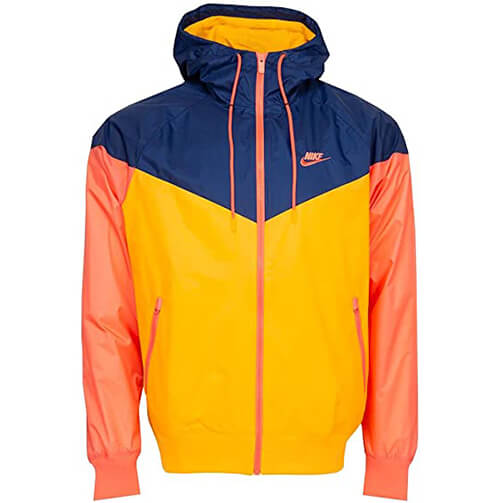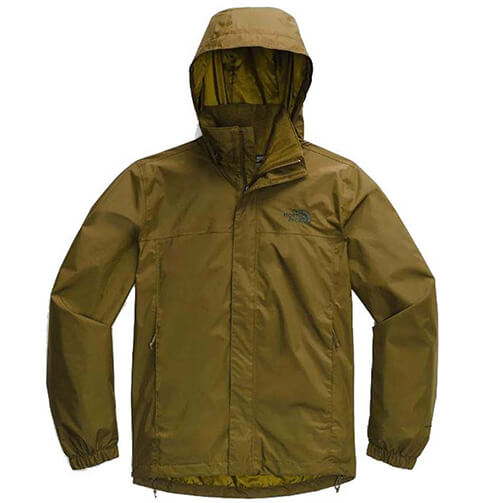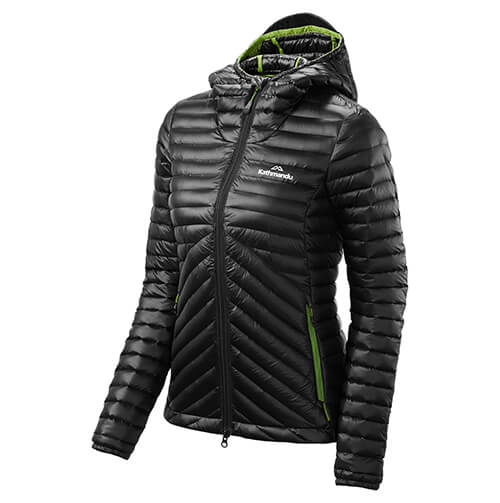The inclusion of synthetic Polyester in camping gear is very much the industry standard since the 1950’s outdoor gear has moved toward the use of robust, lightweight, and affordable materials.
A trend that has been historically associated with the fashion industry. So is polyester warm? Sure it’s a cheap and lightweight material but how does its stack up when it needs to keep you warm during a horrendous snowstorm?
Is Polyester Warm Enough For You To Discard All Your Other Beloved Winter Clothes?
The simple answer is yes. A Jacket made of polyester fabric is ideal for retaining body warmth and raising core body temperature. This article will explore how Polyester manages to achieve this and why.
Discovered by the English Chemist, John Winfield in 1941 and hallmarked for its Thermal Conductivity. Polyesters high strength qualities saw it’s first appearance as a commercial product come in the form of marine rope.
Today, the manufacturing process of Polyester tries several ways to make the material feel more natural. But no matter the improvements, Polyester still manages to make the wearer feel uneasy and hot.

Most Polyester products like the ones in your wardrobe started off in a mixing vat.
It’s a similar feeling to say if you were to wear a plastic bag as clothing, and that’s because Polyester is a synthetic, like plastic.
It may come as a surprise, but the Polyester fabric that makes up most of your camping gear may have originated as chemicals in a mixing vat. Polyester starts as a Petrochemical resin mixture, which is then cured and hardened.
The mixture is then processed into shapes that resemble clothing threads. These threads are then spindled into sheets that are, in turn, designed into everyday products made of polyester such as raincoats and Jackets.
Why clothing made from polyester will keep you stay warm against cold weather.

To get a sense of how Polyester works on the body to increase warmth, let’s look at the training sauna suit. The suit is a synthetic outfit made of polyester fabric and commonly worn by athletes during training. It’s mostly used as an aide to promote rapid weight reduction.
How it does this is by forcing the body to lose water weight. When worn during intense exercise, sweat and body heat is trapped in the sauna suit. The heat is unable to escape through the Jacket. This is due to the material’s lack of breathability, thus creating a greenhouse effect.
This causes the athlete’s core temperature to increase further. The body will naturally produce more sweat in an attempt to cool itself.
The extra sweat and heat fail to escape the suit. This cycle then continues until the workout is finished, and the sauna suit is taken off.
How Polyester warmer is used in modern camping apparel.
Fortunately, most outdoor brand names produce breathable Polyester clothing and products. Polyester garments come in all shapes and sizes. Here are a few styles that you may already have in your wardrobe.
Nike Windrunner.
The Windrunner is a perfect boundary layer for running and range of motion because it protects against cold weather and rain.
These Polyester Jackets are usually lightweight and thin in construction. It’s easy to get overheated while running with it on, especially if the sun is out.
The North Face Resolve 2 in 1 Jacket.
While many dual-layer Jackets will feature a synthetic outer and a natural Cotton or Wool base layer, the North Face Resolve Jacket instead opts for a Polyurethane outer and a Polyester fabric inner layer.
As both layers lack breathability, it produces a hot environment for the body. It’s no surprise that the Jacket is geared towards snow enthusiasts like snowboarders.
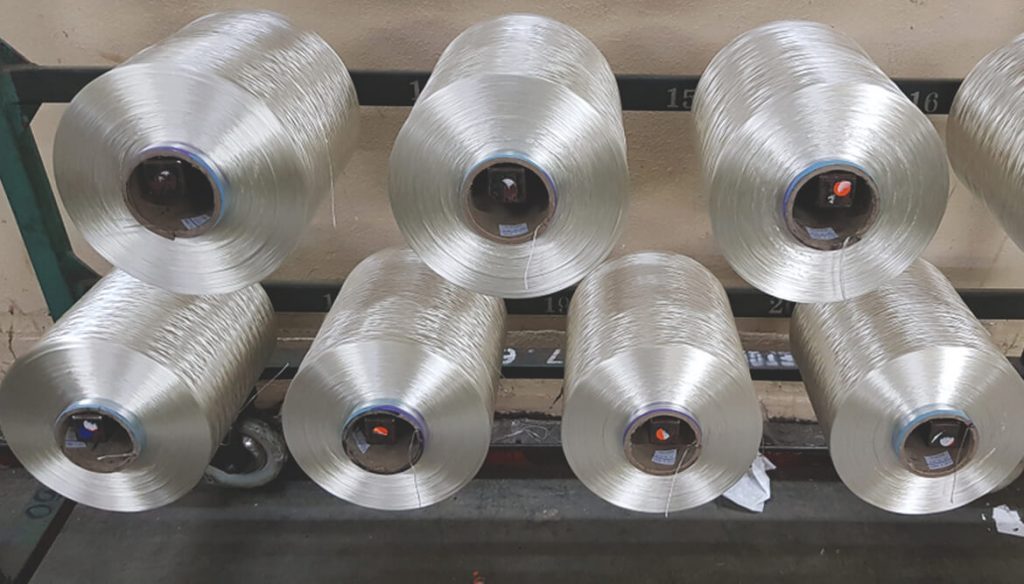
Flinders Women’s Down Jacket.
Polyester mixed media Jackets are quite common. In these types of products, the Polyester threads are blended with breathable, flexible materials like Cotton or viscose, in this example of the Flinders down Jacket.
The Polyester fabric serves as a protective layer for the down. This allows the product to provide a natural feel while looking modern and durable.
Here are a few typical performance characteristics you should expect in Polyester clothing:
- Lightweight
- Affordable like cotton
- Packable and unpackable
- Can keep you warm in cold weather
- Restrictive and a lack of flex unless it is a blend
- Durable
- Lack of decoloration
- Hydrophobic
- Temperature-sensitive
- Quick-drying and wicking if it is a blend
Polyester fabric in camping equipment.

The arena which adventurists call their camping ground can be harsh and unforgiving. Which is why campers will favor Polyester for its ability to withstand these conditions. Gear that will include Polyester are tents, footprints, sleeping bags, and backpacks.
What Polyester fabric brings to camping equipment is mostly upside. A Tent made from Polyester will likely be very good at retaining body heat.
It will be resistant to water; It will be lightweight and packable and quick to assemble. The tent will be taut, stable, and best of all; it will keep you warm.
If there was a way to pinpoint a reason as to why Polyester tents have become so mainstream, I ask the question. When was the last time you saw a canvas tent?
Apart from the glamping retreat, you researched for your upcoming summer vacation. The likelihood you saw a camper lug around a cumbersome canvas tent, and then attempt to assemble it in less than an hour was most likely a long time ago, if at all.
Like cotton, polyester has become the go-to material for outdoor gear.
Polyester is used in 90% of camping tents produced today. Much its popularity has to be attributed to its appeal as it can keep you warm and it’s affordability. For the manufacturer, it’s a relatively easy material to source.
Unbeknownst to many, but Polyester can be cheaply made from recycled plastic bottles.
Polyester is often used in larger camping tents. 6 to 10 people and family tents use Polyester because of its lightweight packability. A Polyester tent appeals to a family as it can cut down the time it takes to pitch a giant tent. Polyester tents are significantly lighter than canvas tents.
Because of this, these tents are much easier to transport and carry when going from point A to B.
A few disadvantages to polyester apparel and gear.
So far, we have gone through lots of positive aspects when it comes to Polyester camping gear. However, there are a few setbacks to be aware of when It comes to Polyester camping gear.
- It is possible for Polyester to get too hot, whether it be in a tent or your clothing. Too hot in a tent, and it tends to create morning condensation. It has an unnatural feel to it when worn, especially when in direct contact with the body. Unfortunately, if you don’t want to feel warm, you will need to take it off. It just seems to be a challenge to find a happy comfort balance. Expect to feel clammy when wearing it no matter how much it’s blended with other natural or a synthetic fiber.
- It’s cheap, which some may say is a good thing, but the thinner the Polyester, the cheaper it will be. Premium Polyester garments tend to be much thicker and more substantial. This then contradicts the appeal of the initial material of being a lighter, more economical alternative.
- It can be as durable as it is delicate. Being cheap and durable can be desirable. If it rips, it rips (In an Ivan Drago voice). Hopefully, the synthetic Jacket hasn’t cost you an arm and a leg, and you can probably just go out and buy a new one, right? But leveling up in Polyester Jacket quality is most likely going to cost you the same as if you went out and got yourself a premium wool jacket. You only have to visit the local North Face or Kathmandu store to notice that their Polyester garments are not one bit cheap. Even if you end up with a cheap or expensive piece of Polyester gear, you will still need to take care of it. There are two things you want to keep Polyester away from. That is hot objects that can melt the synthetic and sharp objects that will tear through its surface.
- It’s unnatural. Polyester will always feel like the ugly stepchild of clothing materials. Especially when It comes to the superior moisture wicking and clothing breathability of Cotton and Wool. Where Polyester does get a bad rap is its image of being bad for the environment, much like plastic bags. Wool fabrics and Cotton shirts are made from naturally occurring materials. Polyester is a humanmade material. Unfortunately, Polyester has not been able to shake its identity of being bad for the environment even though the cheapest forms of Polyester are produced from recyclable materials like plastic bottles.
- It smells. Polyester is considered a hydrophobic material. Meaning that it is an anti-absorbent to water. It also tends to bind itself to oils. A common complaint amongst users is that Polyester attracts body oils far too easily. Washing it, therefore, just becomes a surface clean as the material will try and repel all moisture. Without a thorough clean, the existing oils further attract more build-up. The material then reverts to going back to doing what it does best, retaining body heat and drawing oils all over again.
Polyester in comparison to other camping materials.
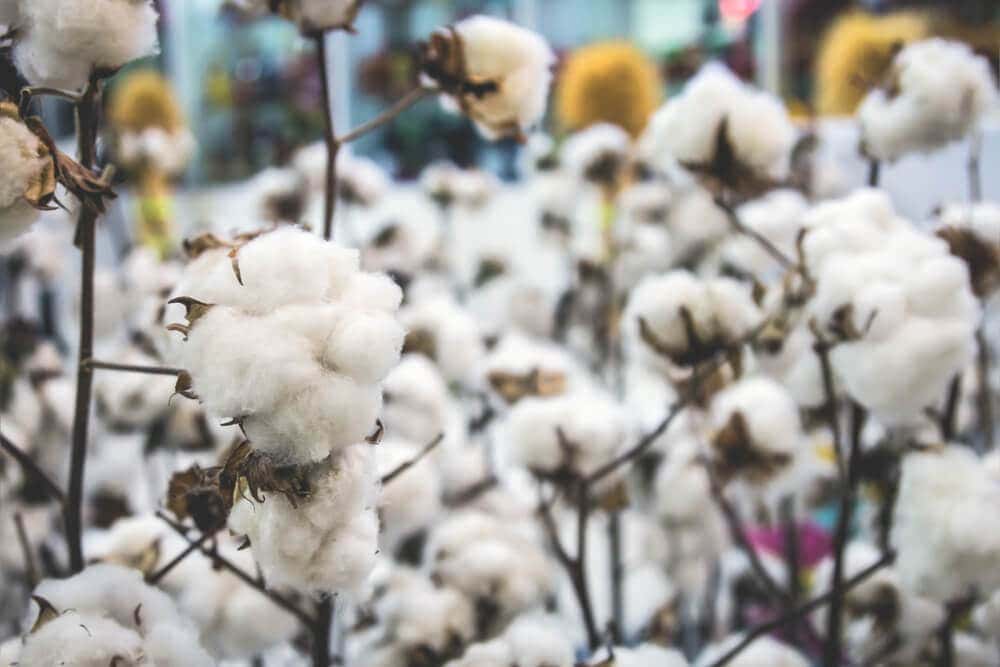
Polyester versus cotton/canvas.
So now you know some of the reasons to (or not to) purchase a Polyester Jacket or tent. Let’s explore how the material stacks up to the other well-known camping materials.
To the experience:
Cotton or canvas is perhaps the material most synonymous with the outdoors. It has a rich history. It’s gloriously depicted by flowing tents scattered throughout films like Lawrence of Arabia.
It is utilized in many war films as tents props, canvas backpacks, and costumes. But Cotton’s favoritism as the staple material for outdoor activities was a reputation that was earned and not given.
To the touch:
Clothing made from Cotton provides superior airflow and more of a natural touch when compared to Polyester. Us humans, when we like the feel of a material, we tend to hold on to it and overrate its value. This holds as many consider Cotton equally as durable as Polyester.
This is true to an extent. Cotton material can keep you warm, it has more give and can be more flexible upon impact, which negates a lot of damage.g
Polyester is more rigid. Its surface, if penetrated, will continue to tear. Also, where Cotton falls short when compared to Polyester is in its waterproofing. Canvas tents are considered Hypoallergenic. But it’s tendency to soak in water, if not treated, can often lead to mold growth, an issue which rarely occurs in Polyester products.
To the budget:
Cotton is cheap, but in comparison to Polyester, it holds a slight premium. Cotton products are reliant on several factors going right.
Firstly, they are conditional on their base synthetic fabric being available as it is a natural commodity. Secondly, procurement and production can be impacted by changes in labor, seasonality, and demand. Because Polyester is a synthetic humanmade textile, it can be easily made in a warehouse.
This reduces the risks that Cotton faces when bringing the product to the consumer. The below graphic shows the price of Polyester in comparison to Cotton and Wool. As you can see, Polyester is rarely beaten as a race to the bottom in price.
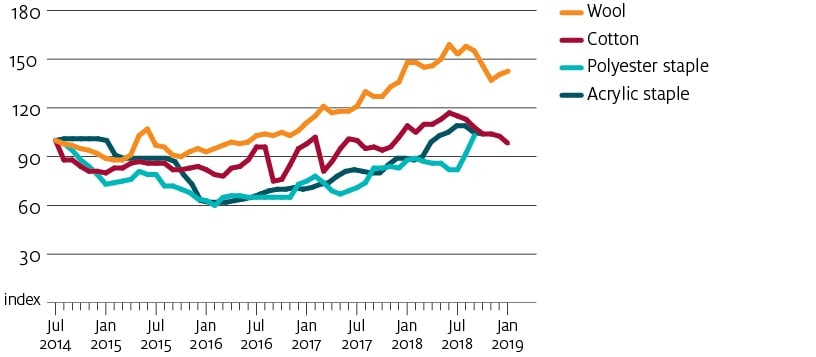
Polyester versus wool.
To the experience:
Clothing made of Wool, as shown in the previous chart, is the most expensive raw material. This value holds especially when It comes to outdoor equipment and for good reasons.
Wool, as you may already know, comes from sheep, not a plant or a concoction of chemicals in a warehouse.
To the touch:
The advantages of Wool over Polyester lie with its superior breathability and natural softness. When compared to Cotton, it thoroughly laps it in these areas as well as the important category, it can keep you warm.
As the saying goes, ‘Unless you have died and gone to heaven, then the closest feeling to that is the sensation that Wool has touching against your sensitive skin.’
Wool’s peculiar traits allow it to become elastic and flatten out over time. It’s in no means as durable as Polyester. Also, if the maximum water resilience of material was graded as a 10, Polyester would rate the highest at 10, with Wool awarded a waterproof grade of 2.
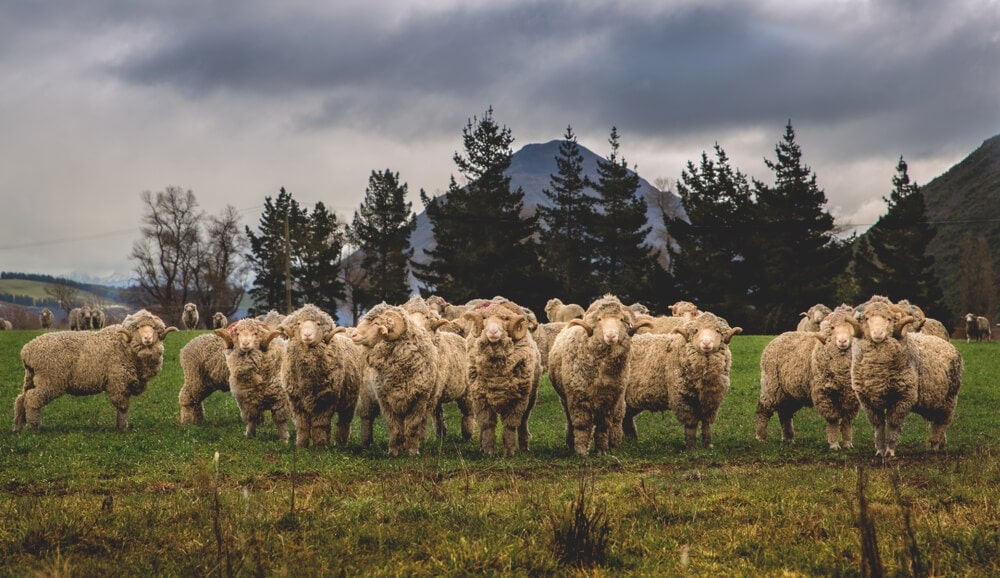
To the budget:
Premium outdoor items will be made from Wool, primarily Wool. In my local Kathmandu store, a 100% Wool hoodie or jumper will cost upwards of $200.
Whereas, it’s possible to acquire a Polyester equivalent at a quarter of the price. Only when a synthetic Jacket is heavily marketed as having the latest technologies.
Only then will you see its price point challenge that of the cost of a Merino Wool jumper.
Polyester versus nylon.
To the experience:
Standard outdoor gear made of Nylon can include tents and hiking pants. Although considered like Polyester because it’s humanmade.
Nylon tends to be appreciated more as it presents a more natural feel to it, which is far from how it was first realized.
Nylon was developed in the 1930s by the famed research chemist Dr. Julian Hill. What made Nylon a household name was its inception as the Nylon Stocking in 1937.
Nylon became at the time, a futuristic material that was silky-soft to the touch. The features that appealed en-mass back then are the same traits that endear the material to so many camping products that are produced today.
To the touch:
Nylon is rated as having a high-water resiliency. It is also equal in its ability to retain body heat and keep you warm when compared to Wool and Cotton.
Nylon does absorb a shade more water than Polyester. Because of this, moisture will tend to hang around more within the product rather than being diffused off.
This allows Nylon to remain colder for longer, often giving a clammy sensation. Because of its water retention, it requires more time to dry than Polyester before being packed up.
On the plus side, Nylon tends to attract far fewer oils than Polyester. It tends to smell fresher for longer, and smells are easily washed out.
Nylon is more effected to body heat than Polyester. It has been known to melt.
To the budget:
As both Nylon and Polyester are synthetic materials, they will be consistently cheaper when compared to Cotton and Wool.
However, because Nylon has gained a reputation of being silkier to the touch in comparison to rigid Polyester. This feature allows for Nylon to be marketed at a slightly higher premium than Polyester.
Conclusion.
I hope that this article has answered the question, is polyester warm emphatically. Polyester is an excellent material for keeping you warm and your family warm during winter outdoor activities.
Additionally, it’s affordable, long-lasting, and excels at keeping moisture away more so than any other materials mentioned in this article.
We suggest taking advantage of Polyester as an outer layer because of its resistance to weather. Polyester excels at retaining the warmth of base layers that are made of natural materials.
We suggest this approach because we have found that once the sun is out, Polyester alone becomes too warm to wear. We found in our experience that we would eventually have to take off our Polyester apparel due to feeling uncomfortable from overheating.

